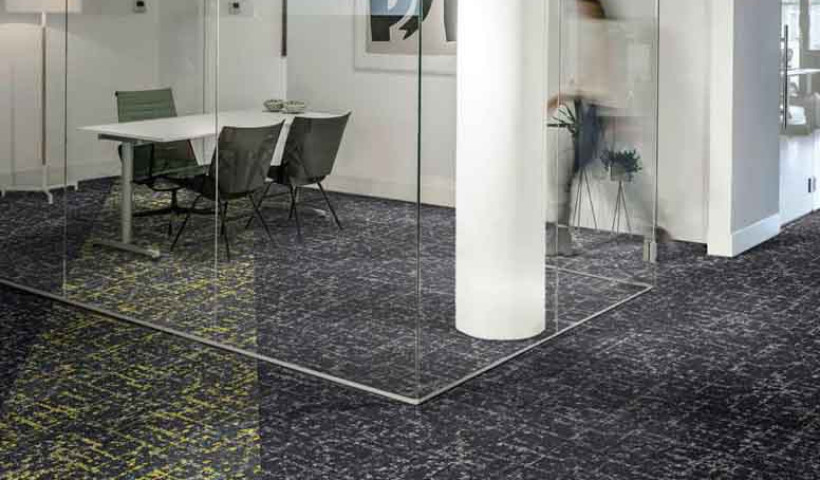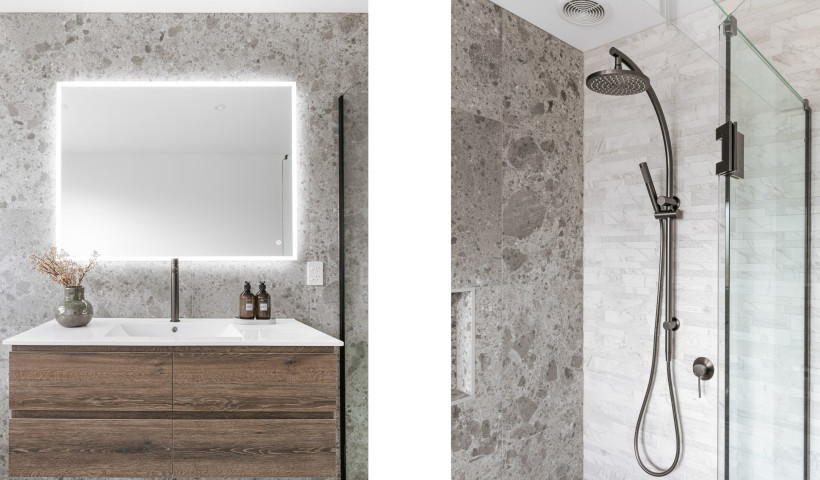 NEW
NEW
The recent Grenfell Tower tragedy in London highlights the importance for specifiers to ensure the products they specify, from flooring to cladding materials, are fire-resistant. They must conform to the new building code relating to fire rating regulations which became mandatory in April 2013.
Ceramic tiles, being fire-resistant, are an obvious choice for both commercial and residential floor and wall surfaces. They are non-combustible, so do not catch fire, nor do they give off toxic fumes, affecting breathing, when exposed to fire.
In New Zealand, fire ratings are required by the Building Code to ensure that if a building is on fire, its construction materials do not significantly increase the spread or intensity of a fire.
During a fire, many household products let off dangerous toxic fumes in the form of VOCs (volatile organic compounds). However, being fired at very high temperatures means ceramic tiles do not exude VOC emissions. During manufacture, any organics that might be present in clays or binders are completely burned away. As a result, the final product is inert and no VOCs can be emitted. Aside from this, quality porcelain tiles contain no sealants, waxes or other chemicals that could release VOCs into the environment.
A safe and simple approach with regards to the above and interior design is to utilise tile for both floor and wall areas. Tile Warehouse has the country's largest range of tile and stone and imports only first-grade quality products. Some exceptional 2017 examples of Tile Warehouse tiles installed in both commercial and residential applications can be seen in recent projects, the Papamoa Shopping Mall and a large residential home, 'Hitch House' utilising Patara Limestone, inside and out.













 New Products
New Products























 Popular Products from Tile Warehouse
Popular Products from Tile Warehouse


 Most Popular
Most Popular


 Popular Blog Posts
Popular Blog Posts
